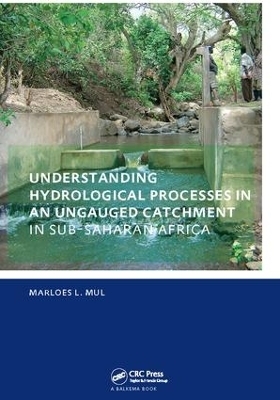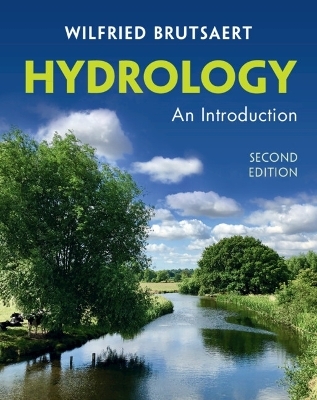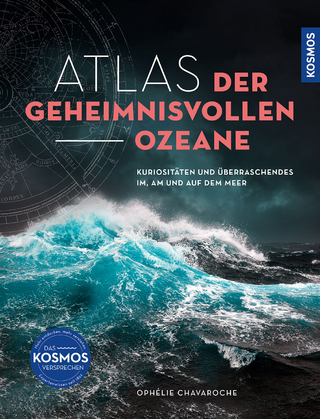
Understanding Hydrological Processes in an Ungauged Catchment in sub-Saharan Africa
CRC Press (Verlag)
978-1-138-40152-5 (ISBN)
Ungauged catchments can be found in many parts of the world, but particularly in sub-Saharan Africa. Information collected in a gauged catchment and its regionalisation to ungauged areas is crucial for water resources assessment. Especially farmers in semi-arid zones are in need of such information. Inter and Intra-seasonal rainfall variability is large in these areas, and farmers depend more and more on additional surface and groundwater resources for their crop production. As a result, understanding the key-hydrological processes, and determination of the frequencies and magnitudes of stream flows, is very important for local food production. This is particularly true for the ungauged Makanya catchment in Tanzania, which is the subject of this study.
Marloes Mul received her MSc in Civil Engineeringfrom Delft University in 2007. Between 2004 and 2007 she worked in Africa (Zimbabwe, Tanzania) on her PhD for UNESCO-IHE. As of January 2008 Marloes returned to UNESCO-IHE in The Netherlands as lecturer Water Resources Management, where she is now coordinating the MSc programme Water Management.
Preface Chapter 1 Introduction 1.1 Background 1.2 Impact of Land Use and Management 1.3 Hydrological Process Understanding 1.4 Hydrological Modelling 1.5 Objectives Chapter 2 Study Area 2.1 Pangani River Basin 2.2 South Pare Mountains Chapter 3 Weather and Climate 3.1 Rainfall 3.2 Spatial Rainfall Variability 3.3 Potential Evaporation 3.4 Potential Transpiration versus Rainfall Chapter 4 Investigation of Flow Systems 4.1 Hydrochemical Mapping 4.2 Geophysical Investigations 4.3 Spring Types 4.4 Synthesis: Groundwater Flow Systems in the Makanya Catchment 4.5 Base flow fluctuations 4.6 Conclusion Chapter 5 Investigation of Hydrological Events 5.1 Hydrograph Separation using Hydrochemical Tracers 5.2 Spatial Rainfall Variability and Runoff Response during an Extreme Event Chapter 6 Hydrological Modelling 6.1 Observations 6.2 Methodology 6.3 Model Description 6.4 Optimisation 6.5 Results 6.6 Conclusions Chapter 7 Sharing Water 7.1 Water Allocation Practices 7.2 agricultural Water Users in Makanya Catchment 7.3 Water Sharing between Users of Adjacent Furrows 7.4 Water Allocation between Neighbouring Villages 7.5 Water Sharing between Distant Villages 7.6 Discussion and Concluding Remarks Chapter 8 Syntheses and Conclusions 8.1 Farming Adaptation to Climatological, Hydrological and Bio physical 8.2 Hydrological Process Understanding and Modelling 8.3 Impact of farming activities on hydrology
| Erscheinungsdatum | 07.08.2017 |
|---|---|
| Verlagsort | London |
| Sprache | englisch |
| Maße | 178 x 254 mm |
| Gewicht | 453 g |
| Themenwelt | Naturwissenschaften ► Geowissenschaften ► Hydrologie / Ozeanografie |
| Technik ► Umwelttechnik / Biotechnologie | |
| Weitere Fachgebiete ► Land- / Forstwirtschaft / Fischerei | |
| ISBN-10 | 1-138-40152-8 / 1138401528 |
| ISBN-13 | 978-1-138-40152-5 / 9781138401525 |
| Zustand | Neuware |
| Haben Sie eine Frage zum Produkt? |
aus dem Bereich


